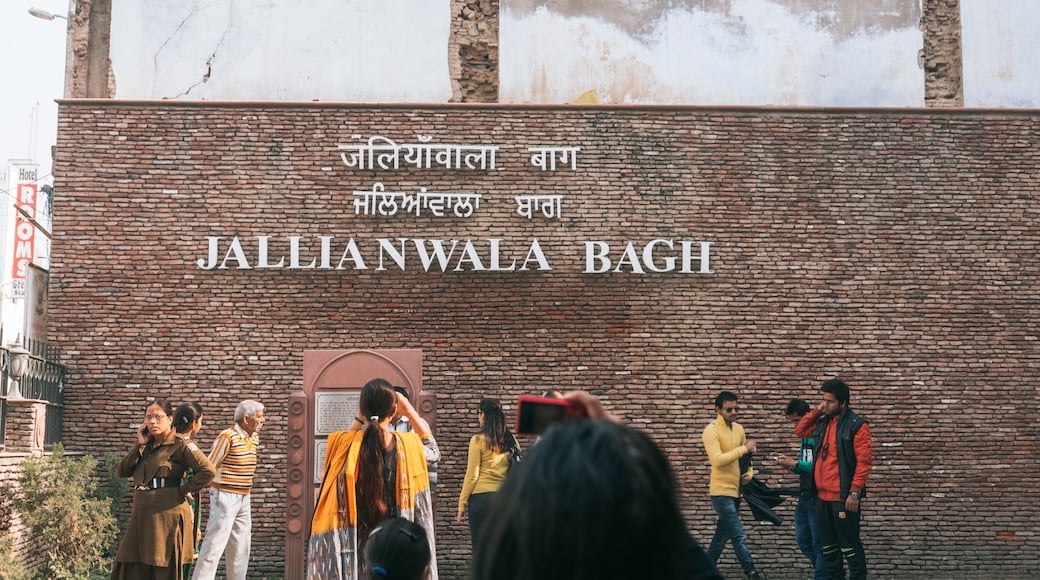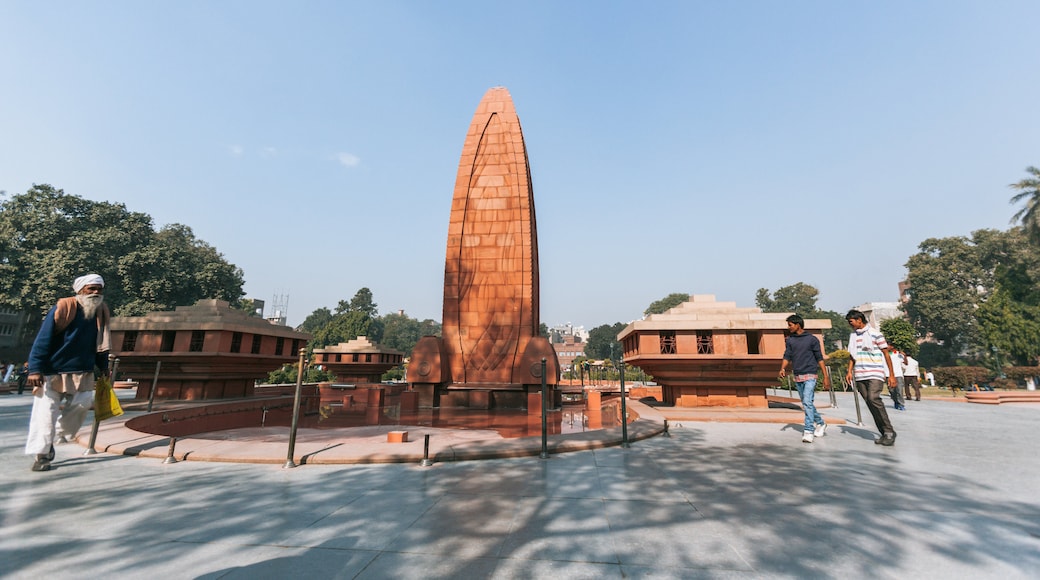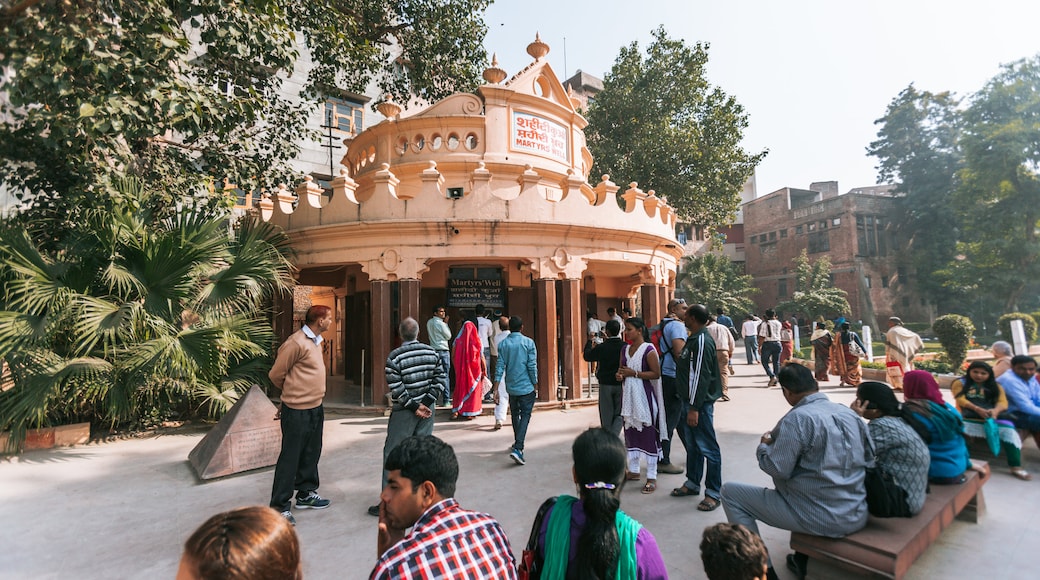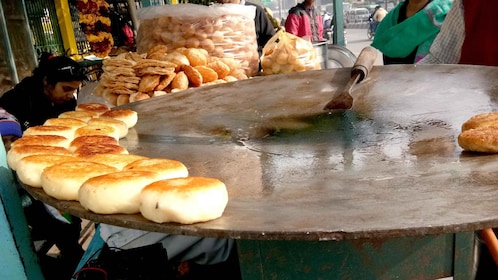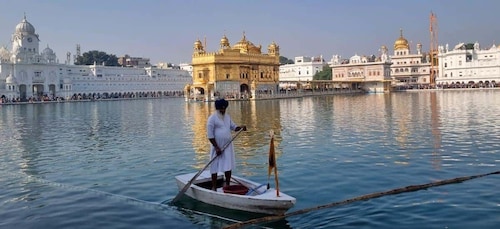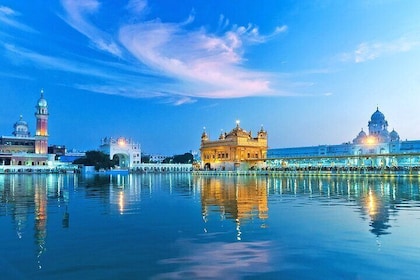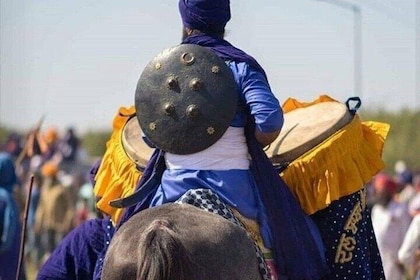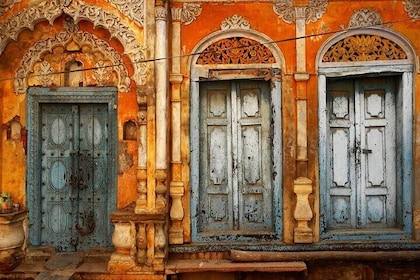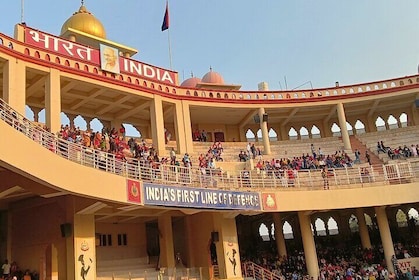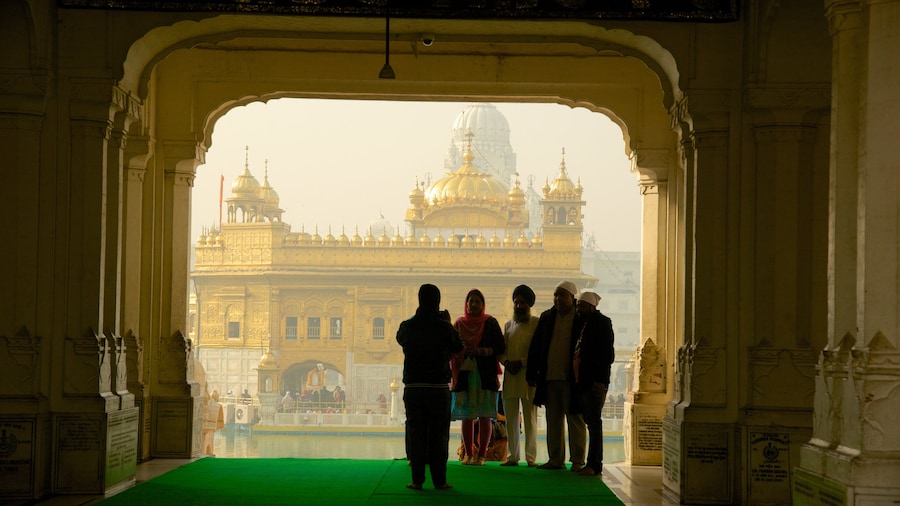This memorial park stands as a poignant memorial to the pilgrims and festival-goers who lost their lives during a notorious 20th-century massacre.
Step back in time at Jallianwala Bagh and relive one of the most infamous incidents in Indian history. Memorial monuments, galleries and a sound-and-light display recount the tragic events of the Jallianwala Bagh Massacre. In 1919 British soldiers opened fire on thousands of bystanders who had gathered to celebrate the Baisakhi Fair, an annual festival held throughout Punjab. Today, Jallianwala Bagh is a sacred pilgrimage site that honours the fallen victims.
Enter through a gatehouse and walk along the narrow passageway that leads into the now peaceful park. British soldiers stood at this entrance, thus preventing the victims from escaping. Follow the tree-lined pathway to a redbrick cenotaph surrounded by small pools. Four lamps elegantly illuminate the cenotaph in the evening. Check out the eternal flame, which flickers 24 hours a day.
The well-preserved walls with numerous visible bullet marks provide significant reminders of the massacre. Look for the Martyrs’ Well, into which people jumped in a desperate bid to avoid the bullets. Go to the park’s gallery to see artists’ impression of the shootings, photographs and portraits of the heroes of Indian independence.
Be sure to admire the park’s pristine flower-filled gardens. Scattered across the lawns are hedges sculpted in the form of armed soldiers. Get a deeper insight into the history of the massacre during the sound-and-light display. This 50-minute show is narrated from the point of view of Indian revolutionary Udham Singh.
The park sits in the heart of Amritsar’s old town and is a short walk from other major city attractions. The fascinating Golden Temple and lively Katra Jaimal Singh Market are both less than 10 minutes on foot. Take a 10-minute taxi ride from Amritsar Junction train station.
Jallianwala Bagh is open daily and admission is free. Information signs in English give details about the park’s landmarks and artifacts. View the sound-and-light show which takes place daily and is presented in Hindu.

